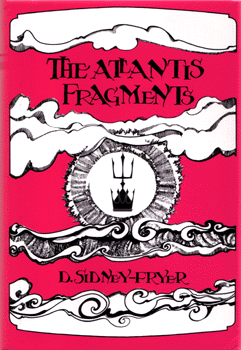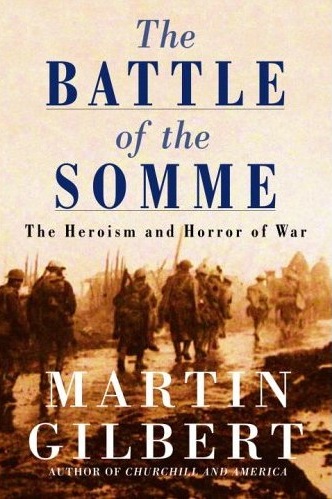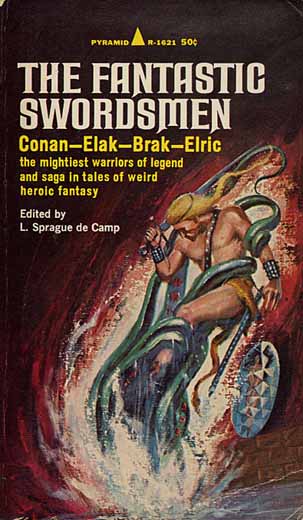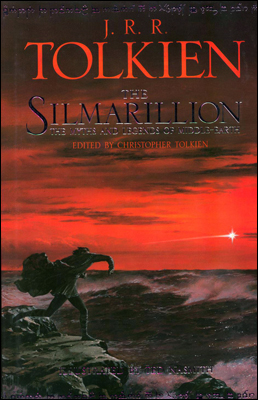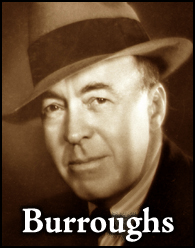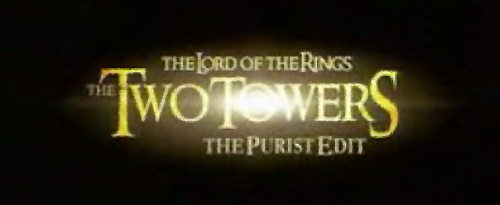
A few weeks ago I finally read — inhaled is more the word — J.R.R. Tolkien’s The Children of Húrin, which turned out to be everything I hoped for and then some. What a joy to encounter characters in full bloom that were mere hints and wisps in previously published versions of the tale in The Silmarillion, Unfinished Tales, and The History of Middle Earth.
In a few places an extra sentence or two has been added to paragraphs I idolized in the old sources, which feels a bit incongruous warring as they do with long-memorized quotations in my head. It’s the same way I feel whenever I read the new version of REH’s “The Dark Man” in The Ultimate Triumph, which restores an extra final paragraph that was accidentally left off all appearances published since its original Weird Tales debut in the 1930s. I actually prefer the bastardized version that I’ve known for so long, finding it a more poetically succinct denouement, and deliberately used that iteration for my coda to “The Reign of Blood” in The Barbaric Triumph.
All of this is small potatoes, though, compared to the biggest purist disappointment I’ve experienced in my life: the criminal mangling of Tolkien’s meticulously crafted plot in the Lord of the Rings films by Peter Jackson and his partners in permutation, Fran Walsh and Phillipa Boyens. The changes are well documented on the Internet and in deference to my blood pressure need not be rehashed here, save to say they are distressingly numerous, pointless, irreverent, and — from this purist’s point of view — ultimately unforgivable. I find it difficult to think about those movies, much less watch them — strong words coming from a major cinemaphile and hopeless Rings romantic. For awhile now I’ve grudgingly accepted that Tolkien on the big screen is something I will have to go through life actively avoiding.
Enter The Two Towers: The Purist Edit.
Some fans out there decided to expand on the achievement of The Phantom Edit, which was an attempt by a Star Wars fan to re-cut Episode I: The Phantom Menace into a much leaner, more serious film, minimizing the presence of the hated Jar-Jar Binks and making other wonderful choices that made the film far more watchable than George Lucas’ painfully hackneyed original. This time out, some Tolkien purists used modern computer editing technology to re-cut Jackson’s second and most popular Rings installment into a film that adheres as closely as possible to the original book. Well over a hundred changes were made, both major and minor, with everything seamlessly blended and integrated back into a Hollywood-quality edit. Over forty minutes ended up being cut from the film, but the result is rumored to be glorious. As the trailer on You Tube says:
No elves at Helm’s Deep….
No Dwarf jokes….
Ents make the right decision….
Arwen stays in Middle-Earth….
No Osgiliath Detour….
Other changes listed at Wikipedia sound even more dear, such as Faramir once again resisting the Ring as Tolkien so poignantly envisioned. I also hope that Théoden is less a grumbling and bitter contrarian and more the noble and wise lord that in Tolkien’s book prompts Pippin’s charmingly understated evaluation: “A fine old fellow. Very polite.” In any case, while there is still far more wrong with Jackson’s vision than can be cured with a re-edit, I’m going to download this version and give it a fighting chance to win me over. Just watching the montage in the new trailer of a deadly serious Gimli reaping his grim axe-harvest at Helm’s Deep was enough to stir my blood in a way I thought Jacksonian imagery never would. And if this new Two Towers does it for me, perhaps I’ll hunt down the re-edit of the entire expanded trilogy that’s supposedly floating around out there somewhere.
I have every confidence that The Lord of the Rings will be remade someday by a director with more noble sensibilities than Jackson and his estrogen-fueled co-scribes, but until then this purist is mighty happy to see some anonymous shield-brothers striking back against the “long defeat” of the past few years.

